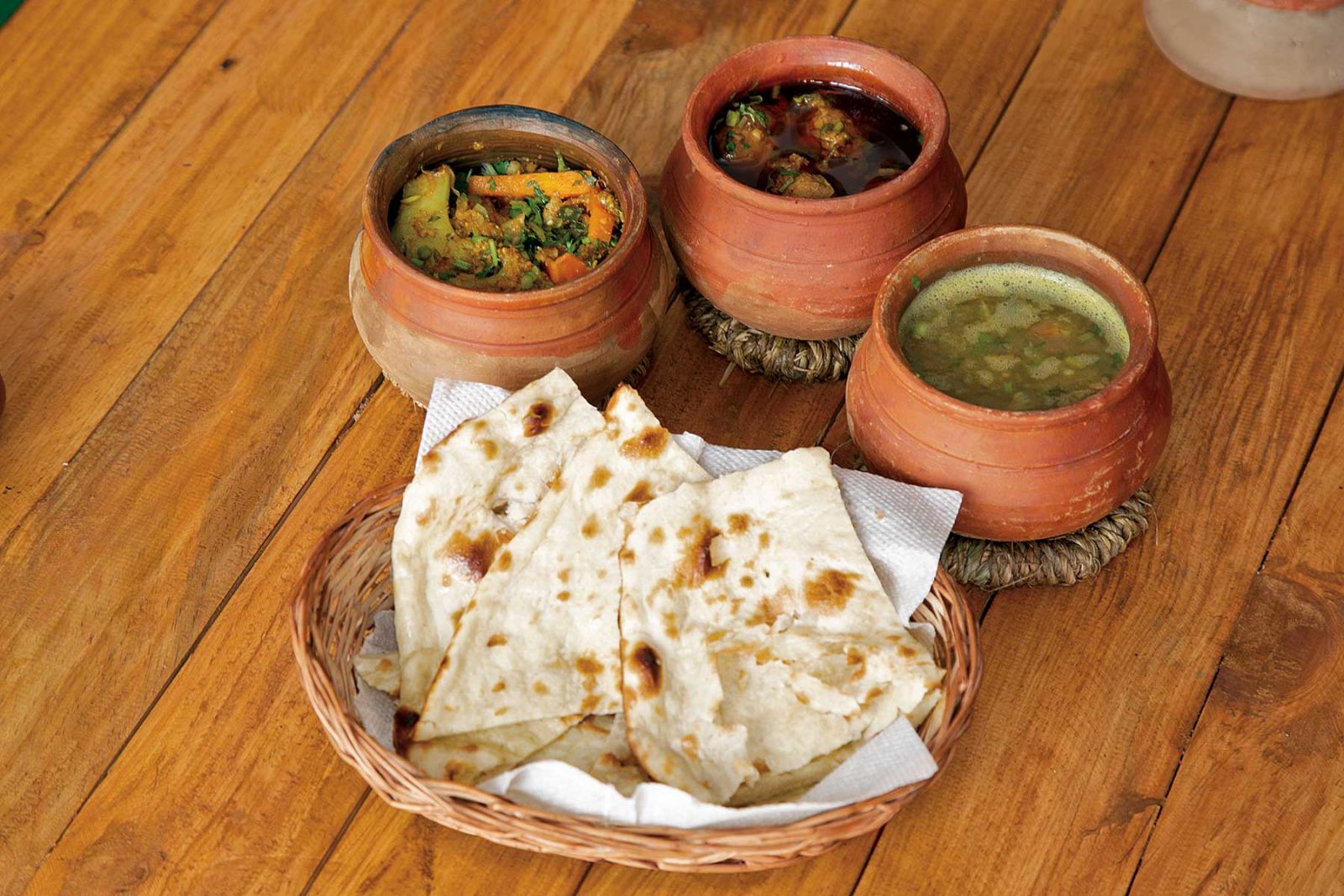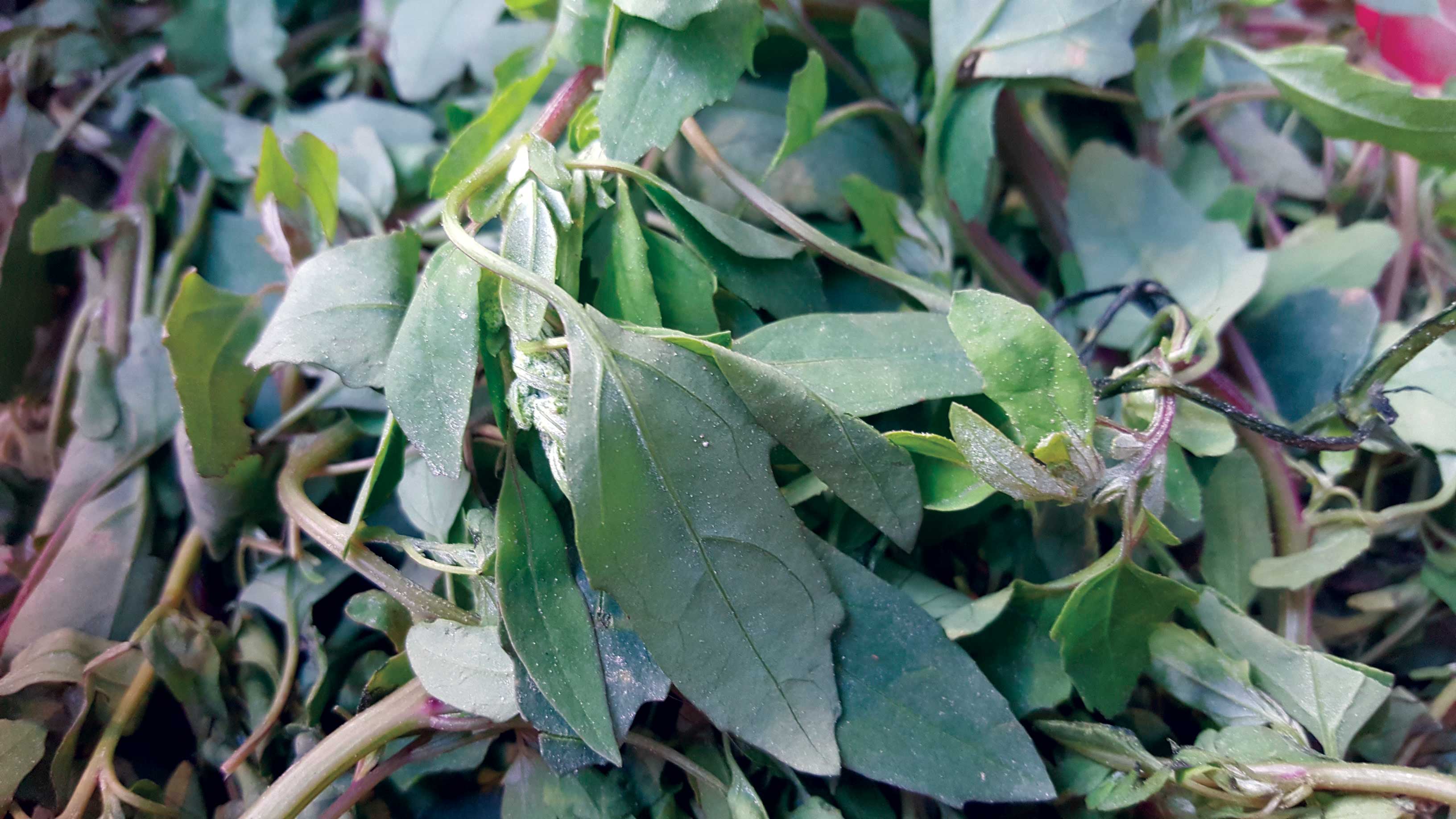A traditional food preparation technique from the south comes to Kathmandu, with delicious results for us all

As much as we love all of today’s modern cooking methods, there is a case to be made for the way our food was prepared back in the day, something Matiya House does brilliantly.
As the name itself suggests, Matiya House is a new eatery that cooks and serves dishes in clay pots. The matiya, which means a small clay pot, is the main concept behind this restaurant. All the dishes here are slow cooked in clay pots over a bed of coals, harkening back to olden days in the Terai where this was how food was once prepared.
Located in Rudramati Marga by the banks of Dhobi Khola, Matiya House is a pleasant little restaurant. As soon as you walk in the doors, you’ll see a small makeshift hut made of woven straw like the ones still found in find in villages in the Terai. It is realistically decorated with a bunch of corn cobs hanging off the window and earthen pots lying around. Other parts of the décor also take you back to the Terai including an amazing wall mural of Mithila art that depicts how daily life looked there in the olden days. If you look closely, you’ll even see small fountains near the entrance that subtly add to the traditional elements in the décor.

At this restaurant, every dish you find is prepared in earthen pots. It is an old concept that is found in traditions all across South Asia. In Nepal, there are still several traditional dishes that are prepared in this way. In Rautahat, a dish called katiya, which is a traditional mutton curry, is prepared in clay pots over a bed of coals. In the Rajbanshi community and a few other communities in Terai, huge mice are prepared by covering them in red mud and cooking them over a fire. This tradition of cooking in earthen pots is also found in parts of Bihar and it is a quite popular way of cooking in Sri Lanka.
The first item we try here at Matiya house is poleko chiya, which is a masala tea prepared in a special manner by pouring the tea into an extremely hot clay pot. As the tea bubbles over the small clay matka, it enhances the original flavor of the tea leaving you with a strong and pleasant taste in your tongue. In fact, one reason clay pots are used in cooking in so many parts of the world is because it is believed that cooking in the pots itself adds a certain earthiness to the flavor of the dish.
We tried a few other dishes at this restaurant to investigate the claim that cooking in clay pots adds to the flavor of the dish. The dishes we tried, which included chicken curry, mixed vegetable curry and dal, all tasted really good. The owner of the restaurant, Biwash Kafle, gives partial credit to the earthen pots they were cooked: he believes they enhance the flavors in the dish. He also adds that the spices he uses are also one of the reasons behind the great tasting dishes he serves. He mostly relies on traditional spices used in the Terai including whole bulbs of garlic, lots of chilies and more. But he has slightly tweaked them to accommodate the public taste. Since cooking food in a little matiya takes some time, we decided to take a little peek into the kitchen. It was interesting to see the dishes bubbling inside the earthen pots as they sat on their bed of coals.

As interesting as the concept of cooking in clay pots is, it is not as easy as it sounds. Earthen vessels have a tendency to break or crack in heat and that is a major consideration when cooking in this manner. The heat in the pot needs to be slowly built up and the vessel needs to be cooled down gently. Cooking in this manner also takes a lot more time than if you were to cook with traditional metal pots over a stove. One the one hand, this increases the wait time so you have to be prepared to wait at least half an hour for your food to come to your table. But on the other hand, the slow cooking brings out all the flavors in the dish leaving you with a better tasting meal than you would have otherwise had.
Cooking in little clay pots also means a lot of broken and cracked pots. Moreover, once used, these clay pots cannot be used again. So, all around the restaurant you’ll find a lot of plants in tiny clay pots. If you ask nicely, they’ll even let you go home with a clay pot to be used as a planter as a souvenir.










